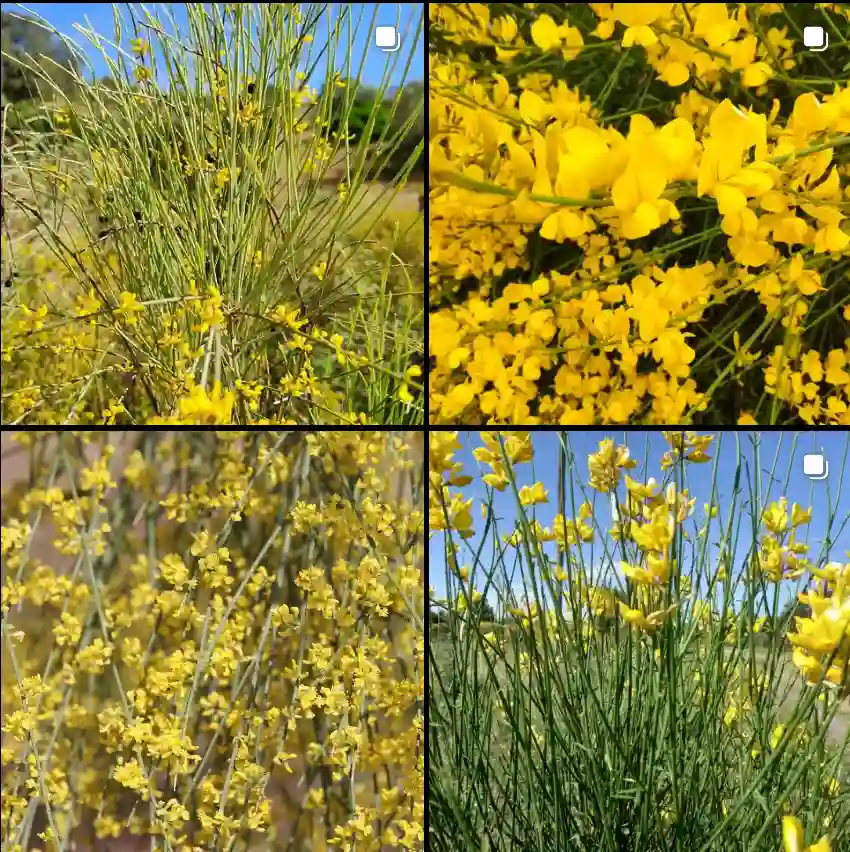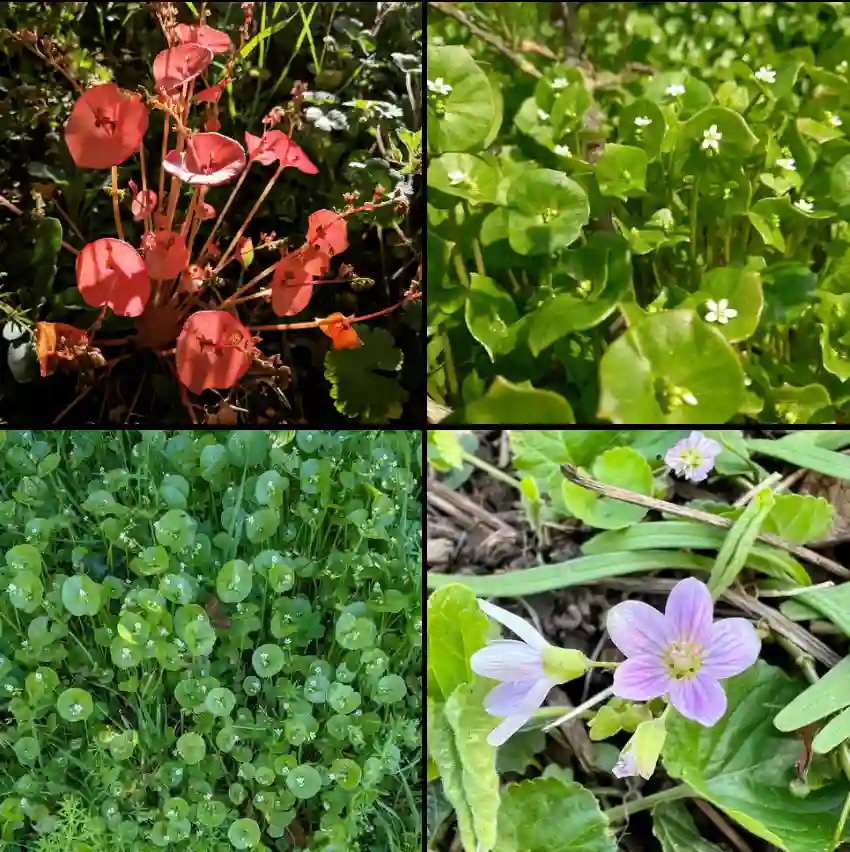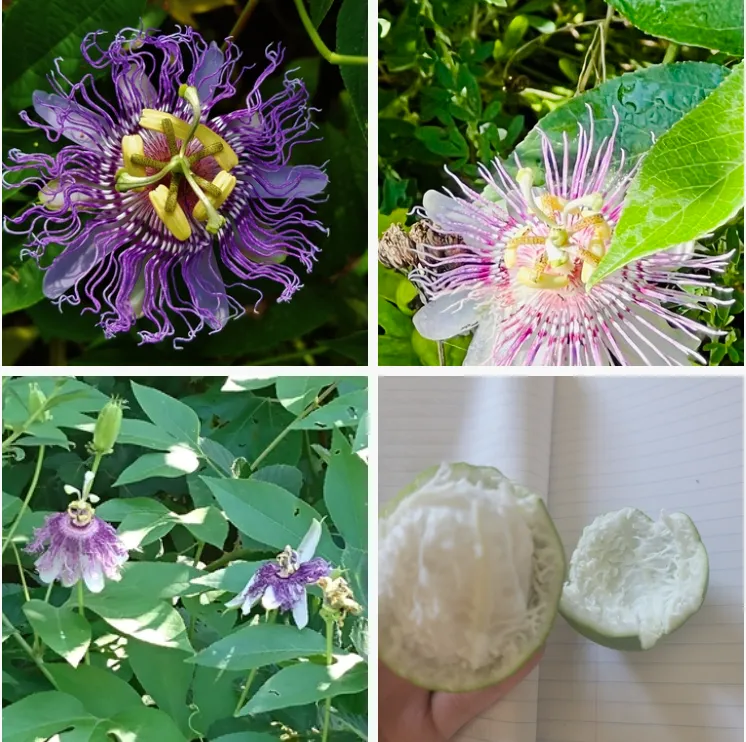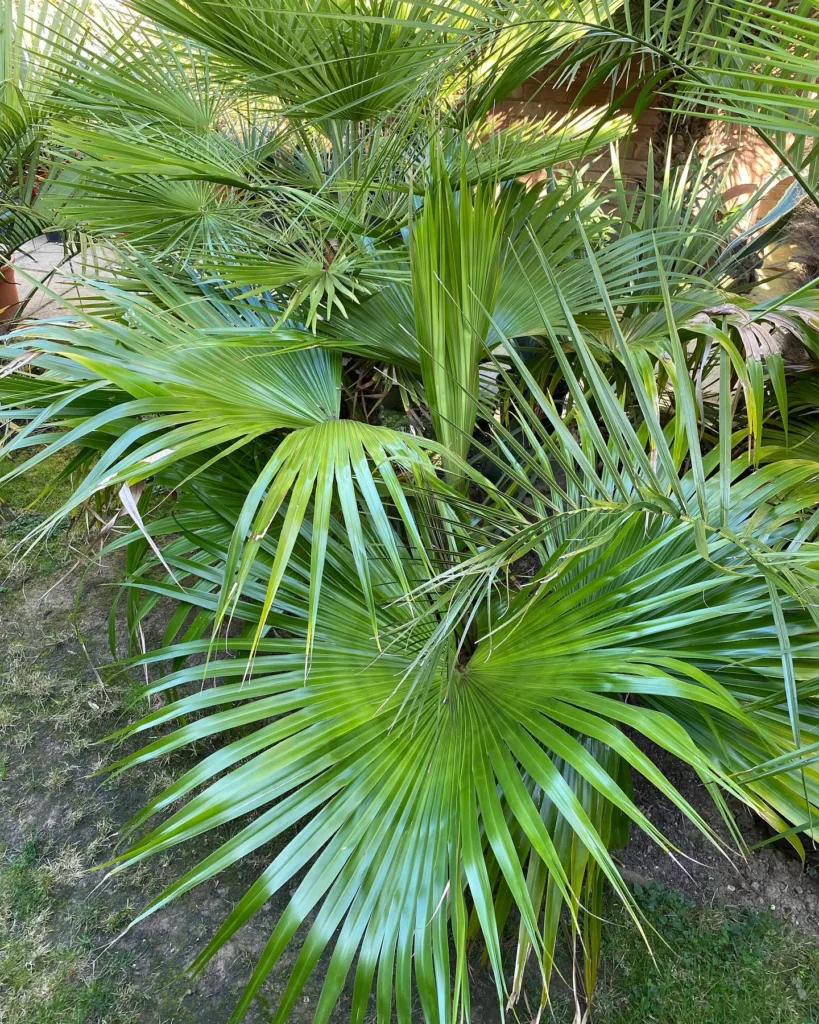FAQs About Leptinella Perpusilla: An In-Depth Guide
Leptinella Perpusilla is a tiny, hardy ground cover that has become a favorite in my garden. Its unique appearance and adaptability make it a versatile choice for those who love creating lush, green landscapes. Below, I’ve compiled answers to some frequently asked questions about this fascinating plant, drawing from my own experience and research.
What is Leptinella Perpusilla?
Leptinella Perpusilla is a low-growing, creeping ground cover that belongs to the Asteraceae family. Known for its small, fern-like foliage, it has a delicate, almost mossy appearance. Despite its tiny stature, Leptinella Perpusilla is quite tough and can thrive in a range of conditions. This plant is often used in rock gardens, between stepping stones, or as a lawn alternative in areas where grass struggles to grow.
How to Care for Leptinella Perpusilla?
Light: Leptinella Perpusilla prefers partial shade but can tolerate full sun in cooler climates. In my garden, I’ve found that it does best in dappled sunlight, where it receives enough light to thrive without getting scorched.
Soil: This plant isn’t too picky about soil, as long as it’s well-draining. I’ve had success growing Leptinella Perpusilla in both sandy and loamy soils, but it struggles in heavy, clay-like soils that retain too much moisture.
Watering: Leptinella Perpusilla appreciates consistent moisture, especially during its establishment period. However, once it’s settled in, it becomes more drought-tolerant. I usually water it regularly during dry spells to keep it looking lush, but overwatering can lead to root rot, so balance is key.
Fertilizing: I rarely fertilize Leptinella Perpusilla. If you do choose to fertilize, use a balanced, slow-release fertilizer sparingly. Too much fertilizer can lead to overly rapid growth, which may diminish its compact appearance.
Temperature: This ground cover is quite cold-hardy and can survive frost. In warmer regions, it might need some protection from extreme heat, but it generally adapts well to a variety of climates.
How to Propagate Leptinella Perpusilla?
Leptinella Perpusilla is easy to propagate through division. When it starts to form dense mats, you can carefully dig up sections and replant them in other areas of your garden. I usually do this in spring or early autumn when the weather is mild.
To propagate:
- Choose a healthy section of the plant.
- Gently dig around the edges to lift it from the soil.
- Divide the section into smaller pieces, ensuring each piece has roots attached.
- Replant the divisions in well-prepared soil, and water them in.
Propagation is a great way to expand your ground cover or share this unique plant with fellow gardeners.
What to Plant with Leptinella Perpusilla?
Leptinella Perpusilla pairs well with other low-growing plants that have similar care requirements. In my garden, I like to plant it alongside creeping thyme, dwarf sedum, and moss. These plants complement each other, creating a rich, textured ground cover that thrives in similar light and water conditions.
When choosing companion plants, consider their growth habits and how they’ll interact. Leptinella Perpusilla spreads slowly but steadily, so it works best with other plants that won’t outcompete it for space.
Is Leptinella Perpusilla Invasive?
While Leptinella Perpusilla does spread, it’s not considered invasive. In my experience, it spreads in a controlled manner, making it easy to manage in the garden. Unlike more aggressive ground covers, it won’t take over your entire yard. However, if you’re concerned about it spreading beyond its intended area, you can install edging or barriers to keep it contained.
Can Leptinella Perpusilla Be Used as a Lawn Substitute?
Yes, Leptinella Perpusilla can be used as a lawn alternative, especially in areas where traditional grass struggles to grow. Its low height and ability to withstand foot traffic make it a good choice for pathways or small lawns. I’ve found that it works particularly well in shaded areas where grass tends to thin out.
One thing to note is that Leptinella Perpusilla doesn’t grow as quickly as grass, so it may take some time to establish a full lawn. However, once established, it requires far less maintenance than a traditional lawn, which is a huge plus for me.
How to Control Weeds in Leptinella Perpusilla?
Weeds can be an issue with any ground cover, and Leptinella Perpusilla is no exception. The best way to control weeds is through regular maintenance. I like to hand-pull any weeds that appear before they have a chance to take over.
Mulching around the edges of your Leptinella Perpusilla can also help suppress weed growth. However, avoid piling mulch directly on the plant, as this can cause it to rot.
How Long Does Leptinella Perpusilla Take to Establish?
Leptinella Perpusilla is not a fast grower, so patience is key when establishing it in your garden. In my experience, it can take a full season to become well-established. Once it does, though, it forms a dense, resilient mat that requires minimal upkeep.
During the establishment phase, regular watering and light fertilization can help speed up the process. Be sure to monitor it for signs of stress, such as wilting or yellowing leaves, and adjust care as needed.
Final Thoughts
Leptinella Perpusilla is a unique and adaptable ground cover that offers a lot of benefits for gardeners looking for something different. From its delicate, fern-like appearance to its low-maintenance nature, it’s a plant that I’ve grown to love. Whether you’re using it to fill in gaps between stepping stones or as a lawn alternative, Leptinella Perpusilla brings a touch of green to spaces where other plants might struggle.
By following these care tips and understanding how to propagate and manage this plant, you can enjoy its beauty in your garden for years to come.
If i die, water my plants!



